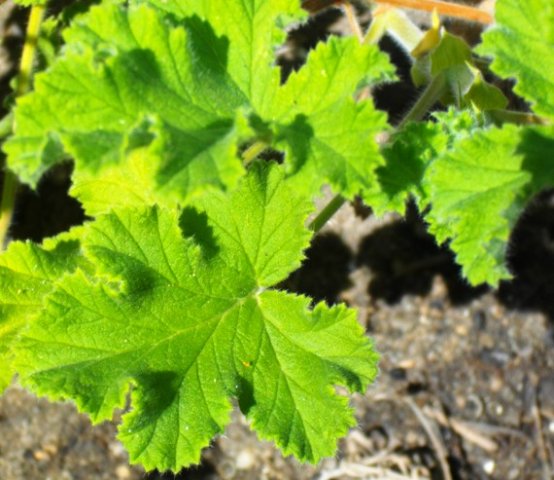Pelargonium panduriforme fiddle-leaved or oak-leaved

Author: Ivan Lätti
Photographer: Ivan Lätti
The simple leaves of Pelargonium panduriforme grow on long, sturdy petioles. They have an interesting shape: There are three to five rounded lobes, a heart-shaped base and rounded tip. In other words, the ends are rounded with a contraction or two in the centre. The specific name, panduriforme alludes to this outline. It is derived from the Latin words pandus meaning bent or curved and forma meaning shape, referring to the shape likened to that of a fiddle or an oak leaf. Leaf dimensions are up to 6 cm long and 5 cm wide.
The bright green to yellowish green blades are soft, sticky and also hairy, more so on their lower surfaces. A strong balm-scent is exuded. The leaf veins branch and run straight to the margins in the main leaf sections. These veins are indented above, prominent below where the leaf surfaces are notably paler.
The margins may be wavy or frilled on some plants. They may also be notably serrated or toothed, older leaves often less so.
The plant may be confused with P. quercifolium, but the leaf lobing is not as deep as on that plant, the surfaces not as sticky and P. panduriforme often bears more flowers in an inflorescence (Euston-Brown and Kruger, 2023; Vlok and Schutte-Vlok, 2015; iNaturalist; https://pza.sanbi.org).

